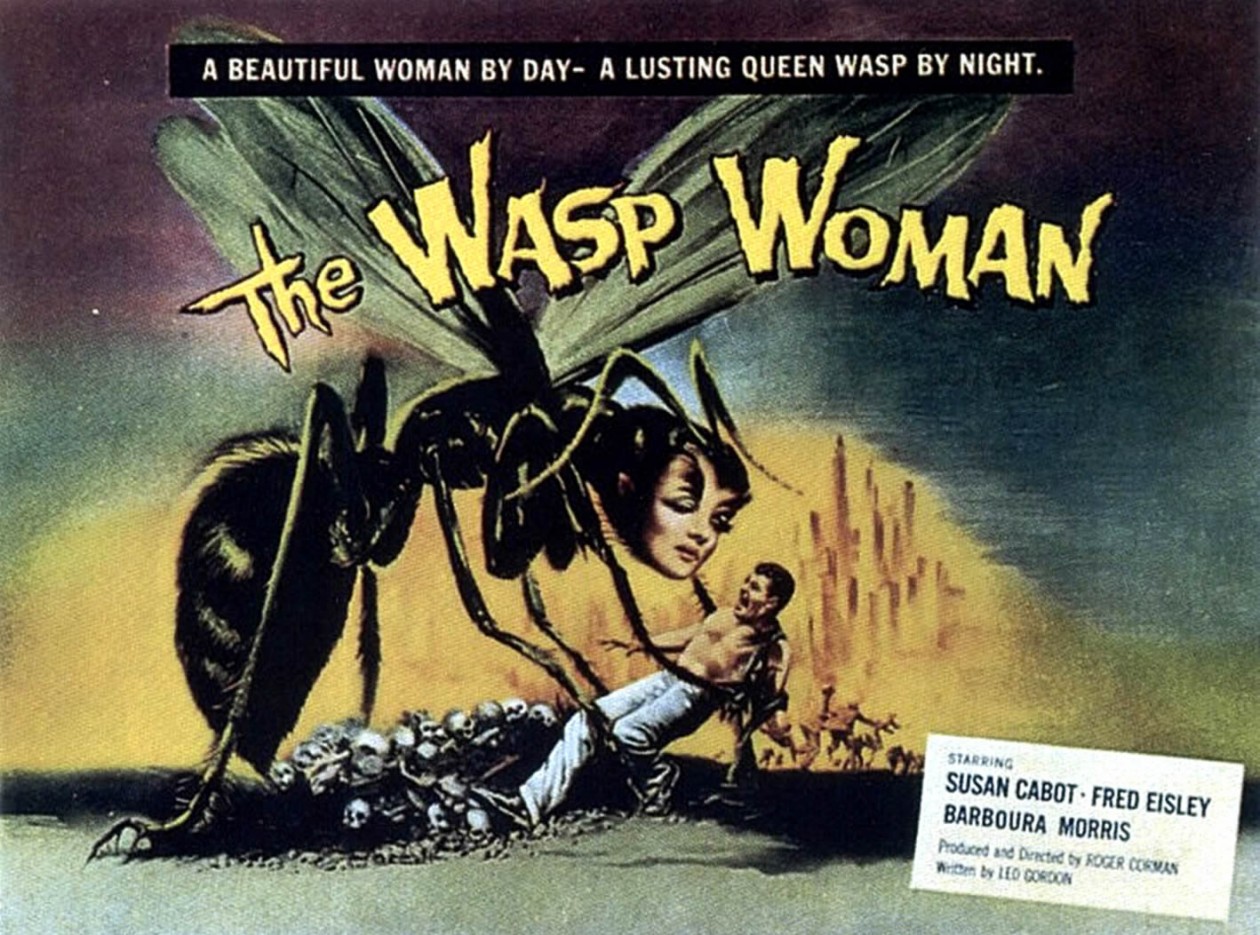Cristina Degli-Esposti article begins with an understanding of the film and it’s uses of sign-functions. Sign-functions within the film are used as guides for the passing time as well themes. The author moves to defining the baroque style, which is expressed in literature, architecture, and visual arts. The next term she defines is the Neo-Baroque and how it’s used within the film Orlando. Degli-Esposti talks about how the film is an exercise in the changing perspectives and how it has a voyeuristic feel. There is a distinction between what is real and what is represented. With that the director is able to develop a new gaze for the audience. Potter focuses on the relationship between us and the character and how the character’s world and our world overlap. With this Potter is able to develop a new type of filmmaking while also using elements of the Neo-Baroque.
The Neo-Baroque movement is meant to shock and create a sense of marvel for the audience. In terms of Orlando Potter tries to shock the audience with the use of masculinity, femininity, and androgyny has themes. Rather than covering them with false pretenses Potter uses Orlando’s frequent looks into the camera as a stream of consciousness. With this the character Orlando is represented as uncanny by breaking the rules and modes of “aesthetic representation of the real”. Orlando is the fantastic figure that can change form between sexes and uncanny traits.
The article takes a deeper look into the idea of identity as well. According to the article we as viewer get into Orlando’s head and go on a voyage through his/her consciousness. Here is where we find gender blending and code switches. For example the author talks about the opening scene and how Orlando appears to be young man, but as the scene goes on we as the audience learn that Orlando is a man being played by a woman. In the novel it is never clearly stated if Orlando was man or woman. Rather it guides the reader through the life of a human perspective away from the idea of sex or gender.
In essence the film blurs the idea of identity. The author even argues that the film displays utopian possibilities when it comes to gender identification and possible changes. Though the film is not only about or for woman. It is also about liberation of men and breaking down the gender barrier and celebrating each sex.
Question:
Could the idea of no gender-identification only be accomplished in a utopian society?
What does it mean to viewers to have a woman playing a man in a film?
